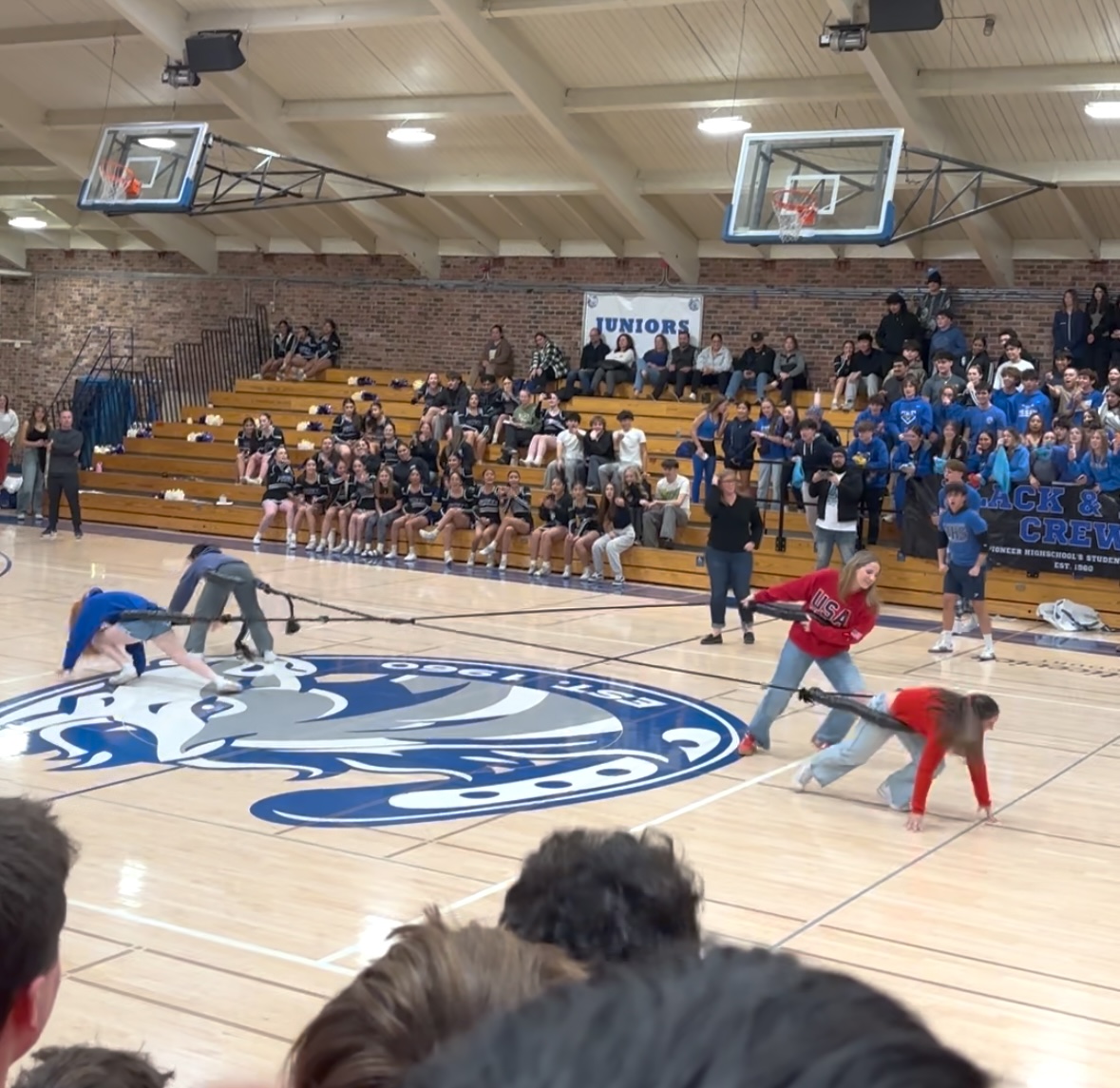Student athletes are often pushed to the limits of what their bodies are capable of for their sport. But how far is too far? Often, concerns about body types that are ideal for success are raised among athletes. Pressures to conform to a certain body type can lead to everything from changes in how athletes perceive their bodies to unhealthy eating habits. The majority of student athletes agree that there is at least some sort of negative culture surrounding body image in school sports. Whether they feel that it is toxic and detrimental varies by student.
According to a study by the National Collegiate Athletics Association, around 68% of male athletes and 45% of female athletes felt they were satisfied with their body. When asked about the role body perception plays in high school sports, Willow Glen High School’s student athletes overwhelmingly agreed that people place more emphasis on it than they should. Many student athletes will create unrealistic expectations on how they should look from watching professional and college sports, or even from observing star athletes on their own teams. “There’s definitely an archetype,” one cross country runner pointed out. “A lot of cross country runners are under the misconception that if you’re lighter, you’re faster.”
In moderation, it’s healthy to get in shape for the sports season. “I usually try to lose about 5 to 10 pounds going into the season,” a boys’ basketball player remarked. Another student athlete believes that “as long as you’re sustaining your body’s needs and being the healthiest version of yourself, it’s ok.” The problem only comes when athletes lose sight of that goal, and slip into bad habits that can potentially lead to mental and physical health issues. Another athlete disclosed that she personally knows many female athletes that have struggled with eating disorders.
Athletes interviewed who participate in sports outside of school also mentioned these same issues. For example, one dancer mentioned that the environment at her dance studio has a “toxic atmosphere” revolving around how dancers’ bodies are perceived. Factors that contribute to this environment include being surrounded by mirrors, wearing tight clothing, and changing with other dancers. “Being in front of a mirror all day with your every move being scrutinized can translate to a lot of negative feelings about yourself.”
The majority of athletes interviewed recounted an experience where people outside of their own sport assumed what sport they play due to their appearance. Some were even told they didn’t look like they would do well in their sport. These misconceptions about how athletes should look often originate with standards set by professionals.
Despite this, some are able to overcome the pressure. One cross country runner mentioned that ever since she started running, she has felt better about her body because of her accomplishments. “You can choose to focus more on the fact that you just ran a 5:30 mile rather than what you looked like doing it.” When applying these standards to high school sports, where many students suffer from physical insecurities, it is important to remember not to hyperfocus on harmful stereotypes, and instead focus on personal achievements.










